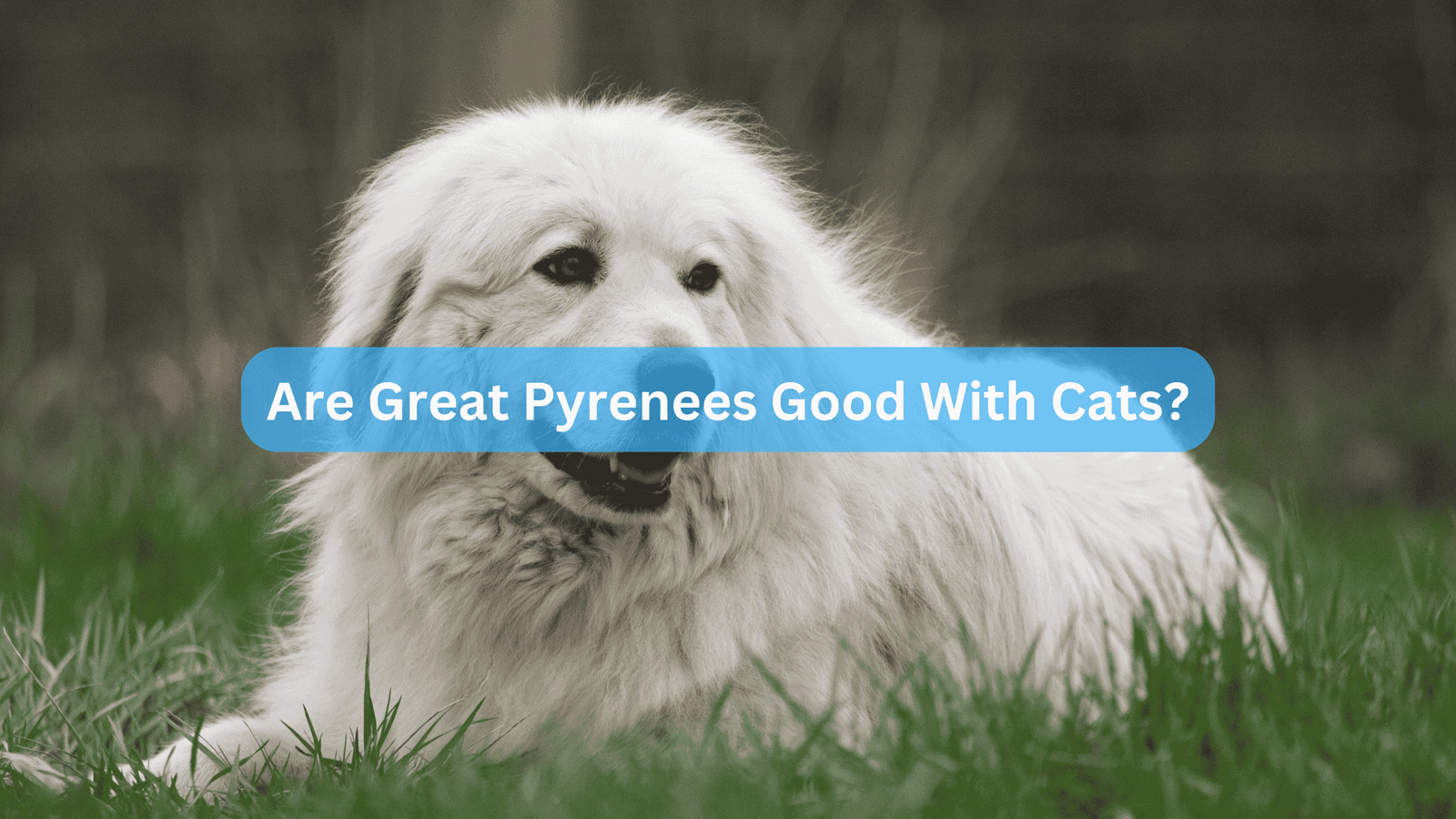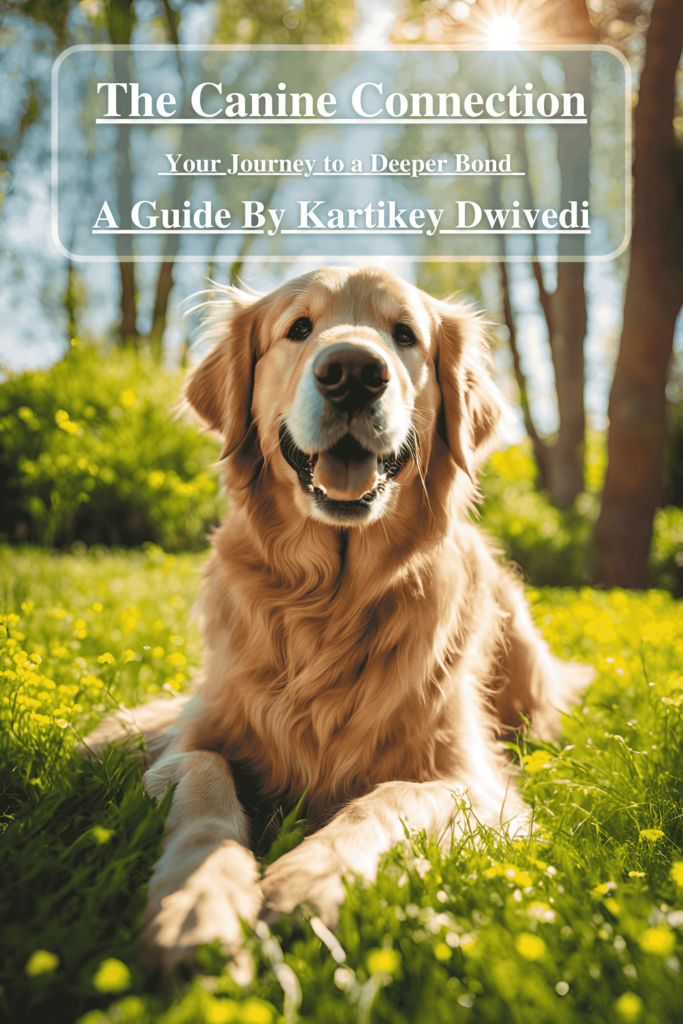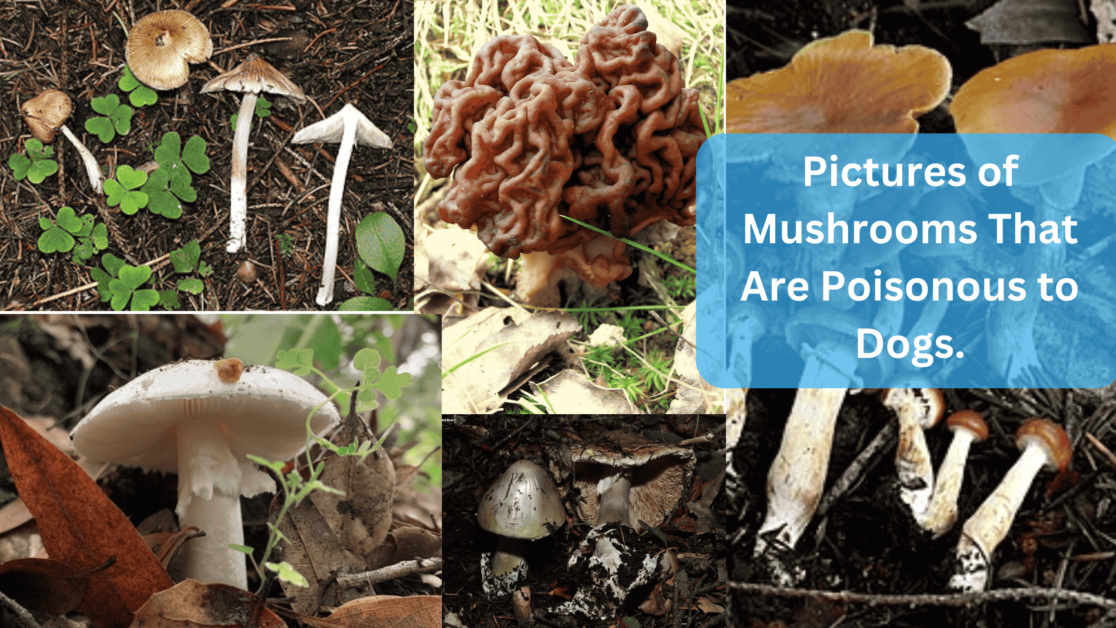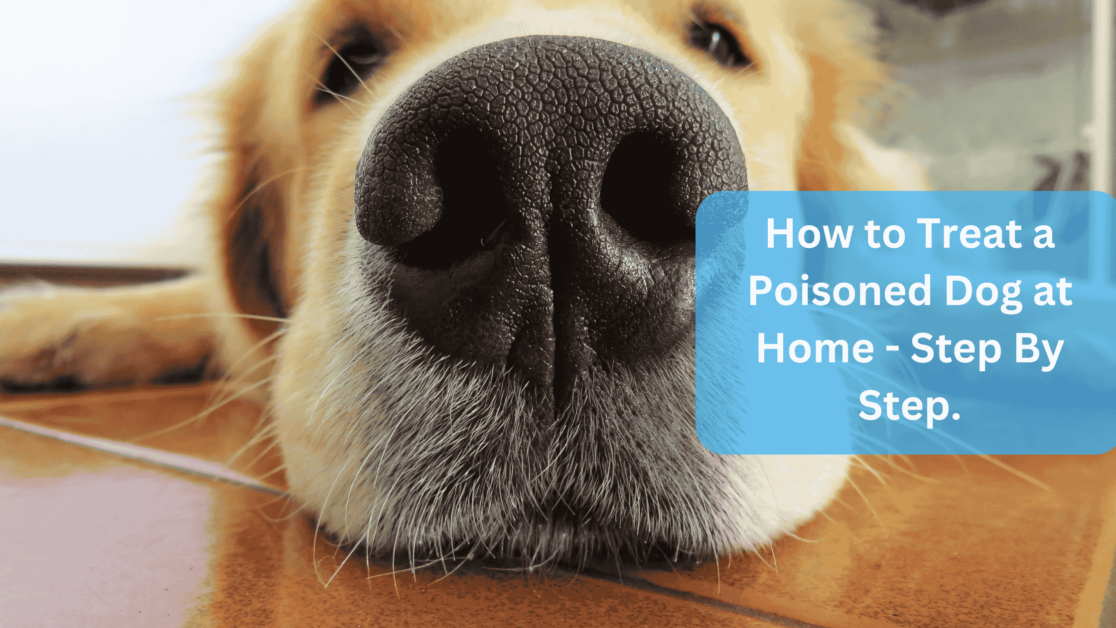When considering adding a Great Pyrenees to your home, one of the most common questions is: Are Great Pyrenees good with cats?
The answer is generally yes, but there are several factors to consider to ensure a successful relationship between your Great Pyrenees and your feline friends.
This article will explore the temperament of Great Pyrenees, how to introduce them to cats, training tips, and signs of compatibility.
Are Great Pyrenees Good With Cats?
Understanding the Temperament of Great Pyrenees
Great Pyrenees are known for their gentle and nurturing nature. Here are some key traits that contribute to their compatibility with cats:
- Gentle Giants: Despite their large size, Great Pyrenees are typically calm and gentle. Their demeanor makes them less likely to harm a cat, as they are more inclined to protect than to chase.
- Low Prey Drive: Unlike many dog breeds, Great Pyrenees usually have a low prey drive. This means they are less likely to see cats as something to chase or hunt, making them more suitable companions for felines.
- Protective Instincts: Bred as livestock guardians, Great Pyrenees have a strong protective instinct. They often view other pets in the household, including cats, as part of their “flock” to protect.
- Social and Affectionate: Great Pyrenees are social animals that thrive on companionship. They can be affectionate and playful with other pets, including cats, which can lead to a positive relationship.
Introducing Great Pyrenees to Cats
To ensure a successful relationship between your Great Pyrenees and your cat, the introduction process is crucial. Here are some steps to follow:
1. Create a Safe Environment
Before introducing your Great Pyrenees to your cat, make sure both animals have safe spaces.
Cats should have access to high perches or separate rooms where they can retreat if they feel overwhelmed.
2. Gradual Introduction
Start by allowing your Great Pyrenees and cat to observe each other from a distance. Use a baby gate or keep the dog on a leash while the cat is free to roam.
This helps both animals get used to each other’s presence without direct interaction.
3. Short, Supervised Meetings
After a few days of observation, begin short, supervised meetings. Keep the Great Pyrenees on a leash during these interactions to prevent any sudden movements that might scare the cat.
Monitor their body language closely; if either animal shows signs of stress, separate them and try again later.
4. Positive Reinforcement
Use treats and praise to reward both the dog and cat for calm behavior during their interactions.
This helps create positive associations with each other’s presence. For example, if the Great Pyrenees remains calm while the cat is nearby, reward them with a treat.
5. Monitor Progress
Continue to monitor their interactions over time. Gradually increase the length of their meetings as they become more comfortable with each other.
Patience is key; it may take weeks or even months for them to fully accept one another.
Training and Behavior Management
Training your Great Pyrenees is essential for ensuring they behave appropriately around cats. Here are some effective training strategies:
1. Basic Obedience Training
Teach your Great Pyrenees basic commands such as “sit,” “stay,” “come,” and “leave it.” This training is crucial for managing their behavior, especially during introductions.
A well-trained dog is easier to control and less likely to act impulsively around a cat.
2. Addressing Prey Drive
If your Great Pyrenees shows any signs of a strong prey drive, consider seeking help from a professional dog trainer.
They can provide tailored strategies to help manage this instinct and ensure your dog understands that the cat is not prey.
3. Socialization
Early socialization is vital for any dog, especially for breeds like the Great Pyrenees. Expose your dog to various animals, including cats, during their formative months.
This exposure helps them learn appropriate behaviors and reduces anxiety around new animals.
4. Desensitization Techniques
If your Great Pyrenees is overly excited or reactive around cats, consider desensitization techniques.
Gradually expose them to the cat’s presence while rewarding calm behavior. Over time, this can help them learn to remain composed.
Signs of Compatibility
Once the introduction process is underway, watch for signs that indicate a positive relationship is developing:
- Calm Behavior: If your Great Pyrenees remains calm and relaxed around the cat, this is a good sign. Look for loose body language, wagging tails, and relaxed ears.
- Curiosity: Healthy curiosity is a positive indicator. If the dog shows interest in the cat without aggression, it suggests they are beginning to accept each other.
- Playfulness: If both animals engage in playful behavior, it’s a strong sign of compatibility. Playful interactions can help strengthen their bond.
- Mutual Grooming: If the Great Pyrenees and cat engage in mutual grooming or cuddling, this indicates a strong bond has formed.
Also Read: Classical Conditioning Dog Training: A Comprehensive Guide
Also Read: Can Dogs Eat Potatoes and Eggs? A Comprehensive Guide
Conclusion
So, are Great Pyrenees good with cats? The answer is generally yes, provided that proper introductions and training are implemented.
Their gentle nature, low prey drive, and protective instincts make them well-suited for multi-pet households.
By following the steps outlined in this article, you can foster a loving and harmonious relationship between your Great Pyrenees and your feline friends.
With patience and effort, you can create a peaceful home where both species can coexist and thrive together.
Sources:
- http://coloradogreatpyreneesrescue.blogspot.com/2012/01/great-pyrenees-and-cats.html
- https://www.newsweek.com/hearts-melt-kittens-convinced-great-pyrenees-their-mother-1891375
- https://www.akc.org/expert-advice/training/teaching-dogs-cats-live-together/
- https://www.dailypaws.com/living-with-pets/pet-compatibility/best-dogs-for-cats







